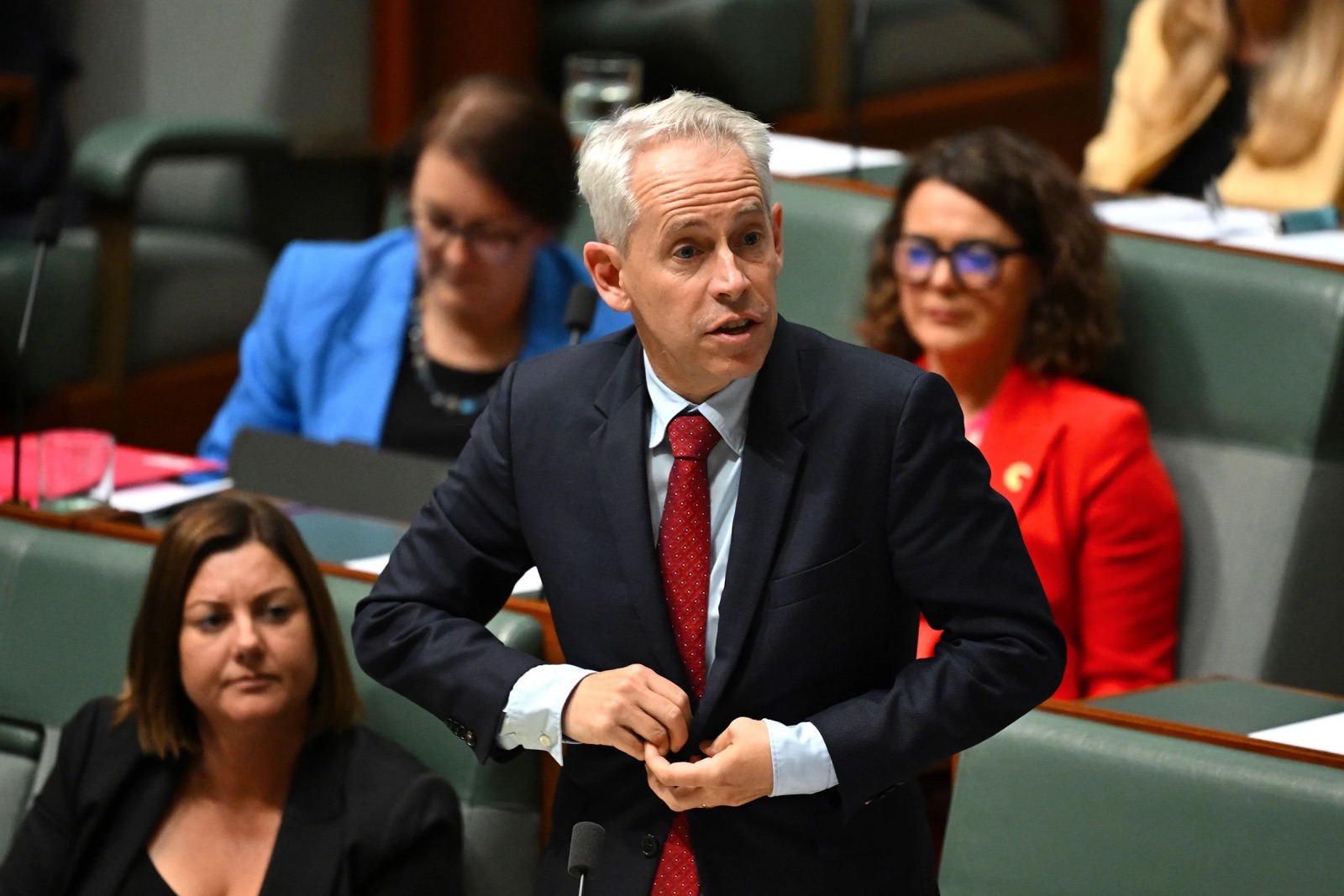SYDNEY, Australia — The Australian government is ramping up efforts to attract skilled workers in 2025 to address severe labour shortages.
Key sectors in need include healthcare, technology, engineering, education, and trades.
The initiative is being driven by an expansion of the Core Skills Occupation List (CSOL) and the Skills in Demand (SID) visa programme, both designed to streamline the migration process and fill critical skills gaps in the workforce.
A More Flexible Migration Strategy
A key change in the migration framework is the annual update of the CSOL, which now lists over 456 high-demand occupations.
The move is intended to reflect shifting labour market needs in real-time, replacing the static Skilled Occupation List (SOL) used in previous years.
“Australia’s migration strategy is designed to fill critical skills gaps while supporting economic growth,” said Migration Minister Andrew Giles in a statement.
“The CSOL ensures we attract the right talent to meet industry needs in real-time.”
Employers have welcomed the more adaptable approach, which allows faster sponsorship of skilled migrants in response to economic trends.

Sectors Facing Critical Shortages
The CSOL highlights multiple industries where workforce shortages are most acute:
- Healthcare: The nation’s aging population is driving demand for registered nurses, general practitioners, and medical specialists.
- Engineering: Australia’s infrastructure boom requires expertise in civil, mechanical, electrical, and mining engineering.
- Technology: The country’s growing digital economy has increased demand for ICT business analysts, software engineers, and data scientists.
- Education: Early childhood, primary, secondary, and vocational teachers are needed to support a growing student population.
- Trades: The construction and services industries require skilled electricians, plumbers, and carpenters.
- Finance & Hospitality: Accountants and chefs remain in high demand, particularly in urban centres.
Beyond these core sectors, the government is focusing on new growth areas, including renewable energy, aged care, and fintech, which are expected to create thousands of additional jobs in the coming years.
Navigating the Migration Process
For skilled workers seeking employment in Australia, migration experts recommend the following steps:
- Understand Job Requirements: Check the Australian and New Zealand Standard Classification of Occupations (ANZSCO) to determine qualification requirements.
- Explore Visa Pathways: Assess eligibility for visas such as the SID visa or Essential Skills Stream.
- Expand Professional Networks: Join industry groups and attend networking events to build relationships with Australian employers.
- Showcase Relevant Experience: Work experience in Australia or recognised international qualifications can improve job prospects.
- Stay Informed: Monitor CSOL updates to ensure alignment with evolving labour market trends.
Australia’s Growing Appeal for Skilled Migrants
With its booming job market, high standard of living, and targeted migration policies, Australia remains an attractive destination for skilled professionals.
“Australia offers not just jobs, but a long-term future for skilled workers and their families,” said economic analyst Sarah Ellsworth.
“With demand across multiple industries, 2025 is shaping up to be an excellent time for professionals to migrate.”
As the country moves to address its pressing labour shortages, skilled migrants are poised to play a pivotal role in sustaining economic growth and innovation.







